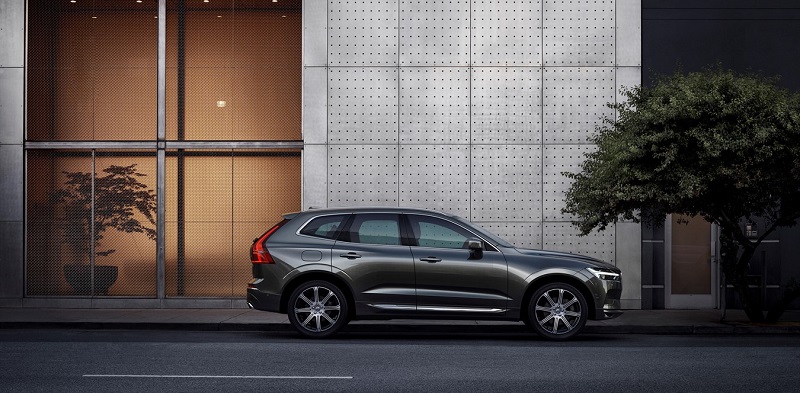The Volvo XC60 offers many advanced features as standard, including the ability to scan the road for risks of collision. It can also let you know if you’re following the vehicle ahead of you too closely or if you may be falling asleep behind the wheel, which can be helpful in preventing auto accidents.
How Soon Will They Be on Our Streets?
In 2016, a Business Insider headline confidently informed us that “10 million self-driving cars will be on the road by 2020.” Elon Musk once said that self-driving cars would be here by 2018, then deferred the arrival to 2020. Several other automakers are also on record as having announced that self-driving cars would arrive by 2020.
But creating a self-driving car that can travel on freeways or city streets safely, reliably, and efficiently has proven to be a very difficult task.
Despite the efforts of automakers and experts in technology, fully autonomous vehicles have yet to make an appearance on American roadways, except perhaps in trial programs. They also tend to make some consumers a little nervous. But many automakers are making progress. Meanwhile, several “almost autonomous” vehicles equipped for some SAE Level of Driving Automation are available.
2019 Nissan Leaf
The Leaf, Nissan’s electric compact car, showcases the company’s latest tech features. These include the ProPilot Assist, which helps to steer, accelerate, and brake. Nissan emphasizes that the ProPilot is a hands-on system; driver participation is still essential. But ProPilot’s front-facing cameras and sensors for keeping tabs on surrounding vehicles are designed to take some of the stress out of stop-and-go traffic.
2019 Toyota RAV4
Toyota’s Safety Sense driver assistance is not new, but in 2019 Safety Sense 2.0 was rolled out. With pre-collision system features like pedestrian and cyclist detection, automatic emergency braking, road-sign recognition, and lane-tracking assistance, the 2019 Toyota RAV4 is one of the best and most affordable vehicles that comes standard with this package. U.S. News and World Report has dubbed the 2019 RAV4 one of the Best New Cars for Teens, and the model was also a contender in the magazine’s category of Best Compact SUV.
2019 Tesla Model 3
The $35,000 base price of Tesla’s Model 3 includes automatic emergency braking, forward and side collision warning, and the Enhanced Autopilot system — which can steer, accelerate, brake, and change lanes — making the Model 3 one of the most affordable semi-autonomous cars on the market. For another $7,000, you can also get the Full Self-Driving Capability System, which has self-parking and summoning features.
2020 Volvo XC60
The Volvo XC60 offers many advanced features as standard, including the ability to scan the road for risks of collision. It can also let you know if you’re following the vehicle ahead of you too closely or if you may be falling asleep behind the wheel, which can be helpful in preventing auto accidents. The optional Pilot Assist system can help accelerate, steer, and brake during speeds of up to 80 mph. But it requires full driver participation to operate.
Will Honda be the first to launch a level 3 autonomous vehicle?
Honda is sticking to its prediction that Level 3 vehicles (exhibiting “Conditional Driving Automation”) will be hitting Japanese freeways by mid-2020. Level 3 vehicles would be able to monitor their environment and conduct normal driving tasks under optimal driving conditions at specific speeds. But the human driver would still have to be ready to assume control if and when the automated system cannot perform necessary tasks. The company also expects to reach the Level 4 threshold (“High Driving Automation“) by 2025.

